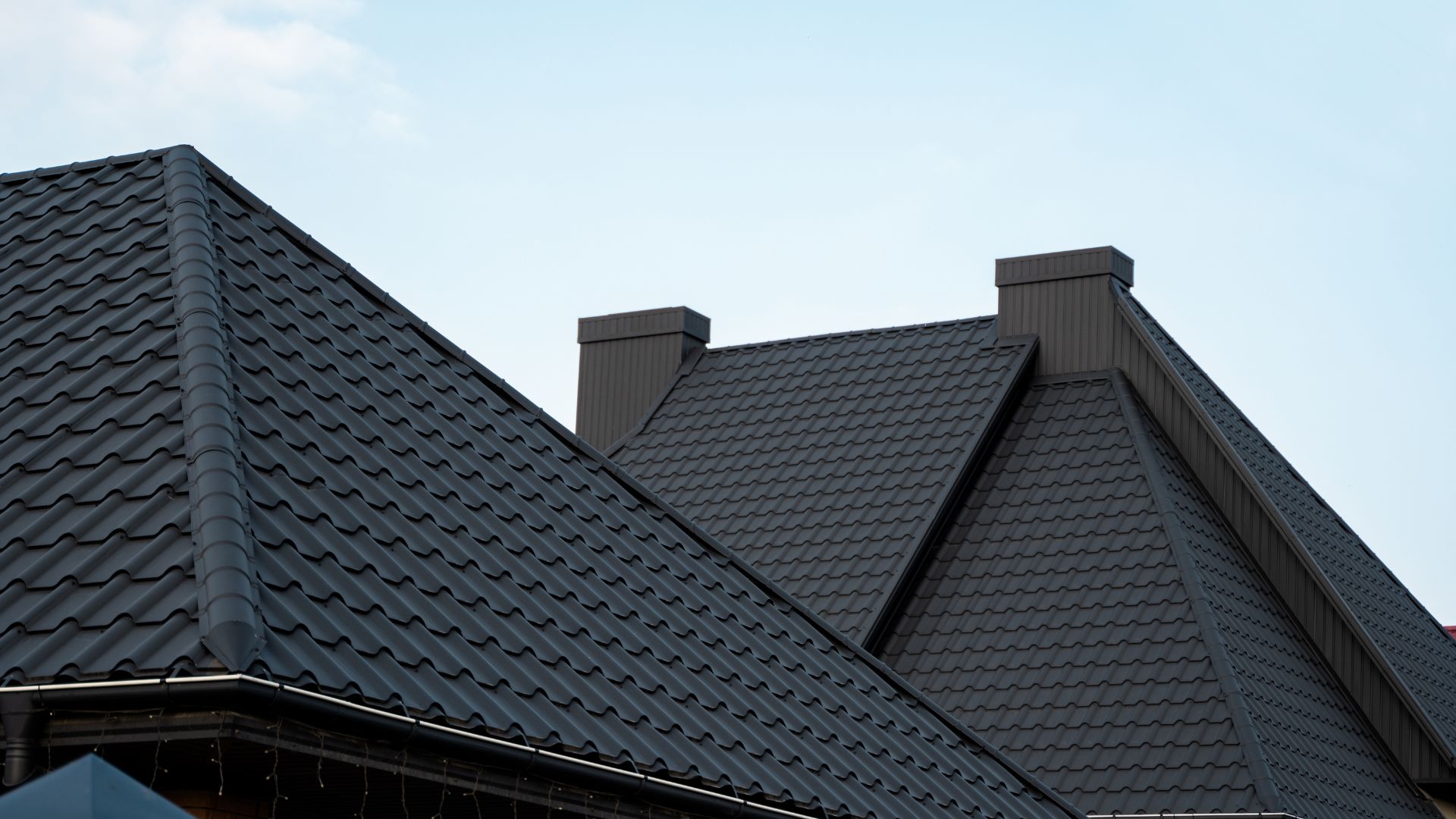The Lifespan of Different Roofing Materials
Choosing the right roofing material for your home involves considering several factors, with lifespan being one of the most critical. Different roofing materials offer varying degrees of durability, maintenance needs, and aesthetic appeal. In this blog, we’ll explore the lifespan of various roofing materials to help you make an informed decision for your next roofing project.
1. Asphalt Shingles
Lifespan: 20 to 30 years
Overview: Asphalt shingles are the most common roofing material due to their affordability and ease of installation. They come in two main types: organic and fiberglass. Fiberglass shingles generally last longer and offer better fire resistance.
Factors Affecting Lifespan:
- Climate: Extreme weather conditions can shorten the lifespan.
- Quality: Higher-quality shingles typically last longer.
- Maintenance: Regular inspections and timely repairs extend the lifespan.
2. Metal Roofing
Lifespan: 40 to 70 years
Overview: Metal roofs are known for their durability and longevity. They are available in various materials, including steel, aluminum, copper, and zinc, each offering different benefits and aesthetic options.
Factors Affecting Lifespan:
- Material: Copper and zinc can last over 70 years, while steel and aluminum generally last 40 to 50 years.
- Coatings: Protective coatings enhance durability and resistance to corrosion.
- Installation: Proper installation is crucial to prevent leaks and ensure longevity.
3. Wood Shingles and Shakes
Lifespan: 30 to 50 years
Overview: Wood shingles and shakes provide a natural, rustic appearance. Cedar is the most common wood used due to its natural resistance to rot and insects.
Factors Affecting Lifespan:
- Climate: Wood is susceptible to moisture and requires regular maintenance in humid climates.
- Maintenance: Periodic treatments and inspections are necessary to prevent decay and insect damage.
- Quality: High-quality wood and proper installation extend the lifespan.
4. Clay and Concrete Tiles
Lifespan: 50 to 100 years
Overview: Clay and concrete tiles are incredibly durable and can withstand extreme weather conditions. They offer a distinct and timeless look, often seen in Mediterranean and Spanish-style homes.
Factors Affecting Lifespan:
- Climate: Ideal for hot climates but can be susceptible to cracking in freeze-thaw cycles.
- Installation: Proper installation is essential due to the weight of the tiles, which may require additional structural support.
- Maintenance: Low maintenance, but broken tiles should be replaced promptly to prevent leaks.
5. Slate Roofing
Lifespan: 75 to 200 years
Overview: Slate is one of the most durable and long-lasting roofing materials. Its natural beauty and resistance to fire and weather make it a premium choice for high-end homes.
Factors Affecting Lifespan:
- Quality: High-quality slate can last well over a century.
- Installation: Expert installation is required to ensure longevity and prevent damage.
- Maintenance: Minimal maintenance, but regular inspections are necessary to replace any broken or loose tiles.
6. Synthetic Roofing Materials
Lifespan: 20 to 50 years
Overview: Synthetic roofing materials, such as rubber, plastic, and polymer composites, are designed to mimic the appearance of natural materials like wood and slate while offering enhanced durability and lower maintenance.
Factors Affecting Lifespan:
- Quality: Higher-quality synthetics offer better longevity and performance.
- Installation: Proper installation ensures the roof’s durability and weather resistance.
- Maintenance: Generally low maintenance, but regular inspections help maintain performance.
7. Green Roofs
Lifespan: 30 to 50 years
Overview: Green roofs, or living roofs, consist of a layer of vegetation planted over a waterproof membrane. They provide excellent insulation and environmental benefits.
Factors Affecting Lifespan:
- Maintenance: Regular maintenance of the vegetation and drainage systems is crucial.
- Waterproofing: The quality of the waterproof membrane affects the roof’s longevity.
- Climate: Suitable for various climates but requires specific plants and care routines.
Conclusion
The lifespan of your roof depends on the material you choose, the quality of installation, and the level of maintenance it receives. Investing in high-quality materials and professional installation can significantly extend the life of your roof, providing long-term protection and value for your home. Regular maintenance and inspections are essential for catching issues early and ensuring your roof reaches its maximum lifespan. If you’re considering a new roof or replacement, consult with a reputable roofing contractor to explore the best options for your specific needs and climate.


